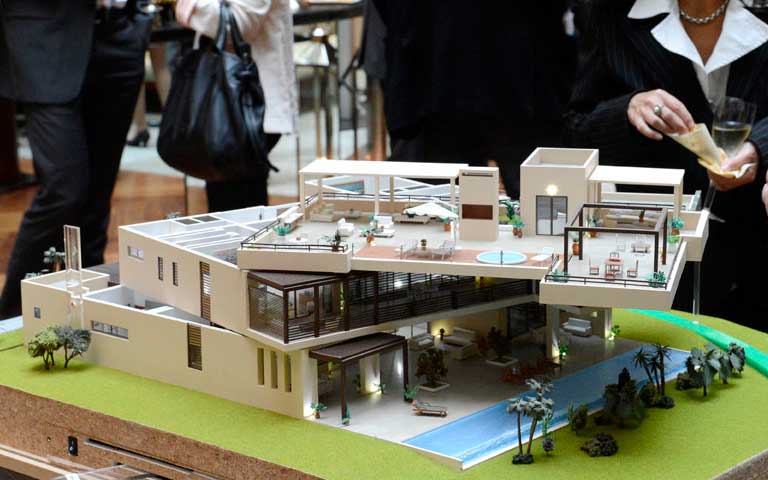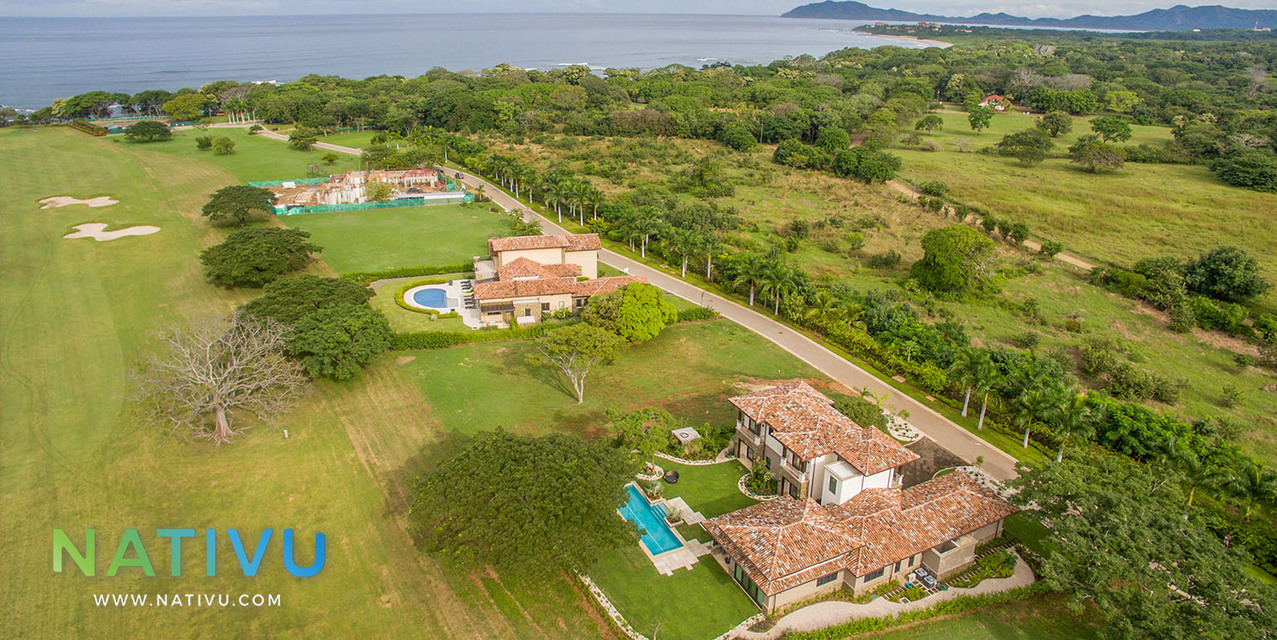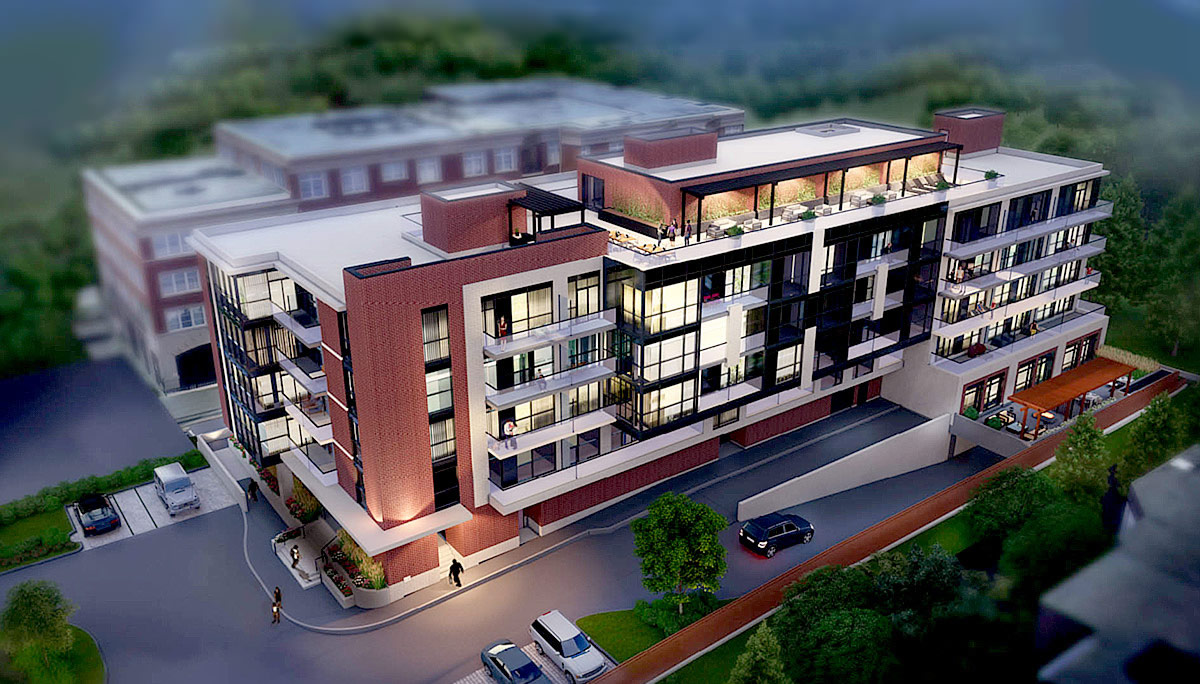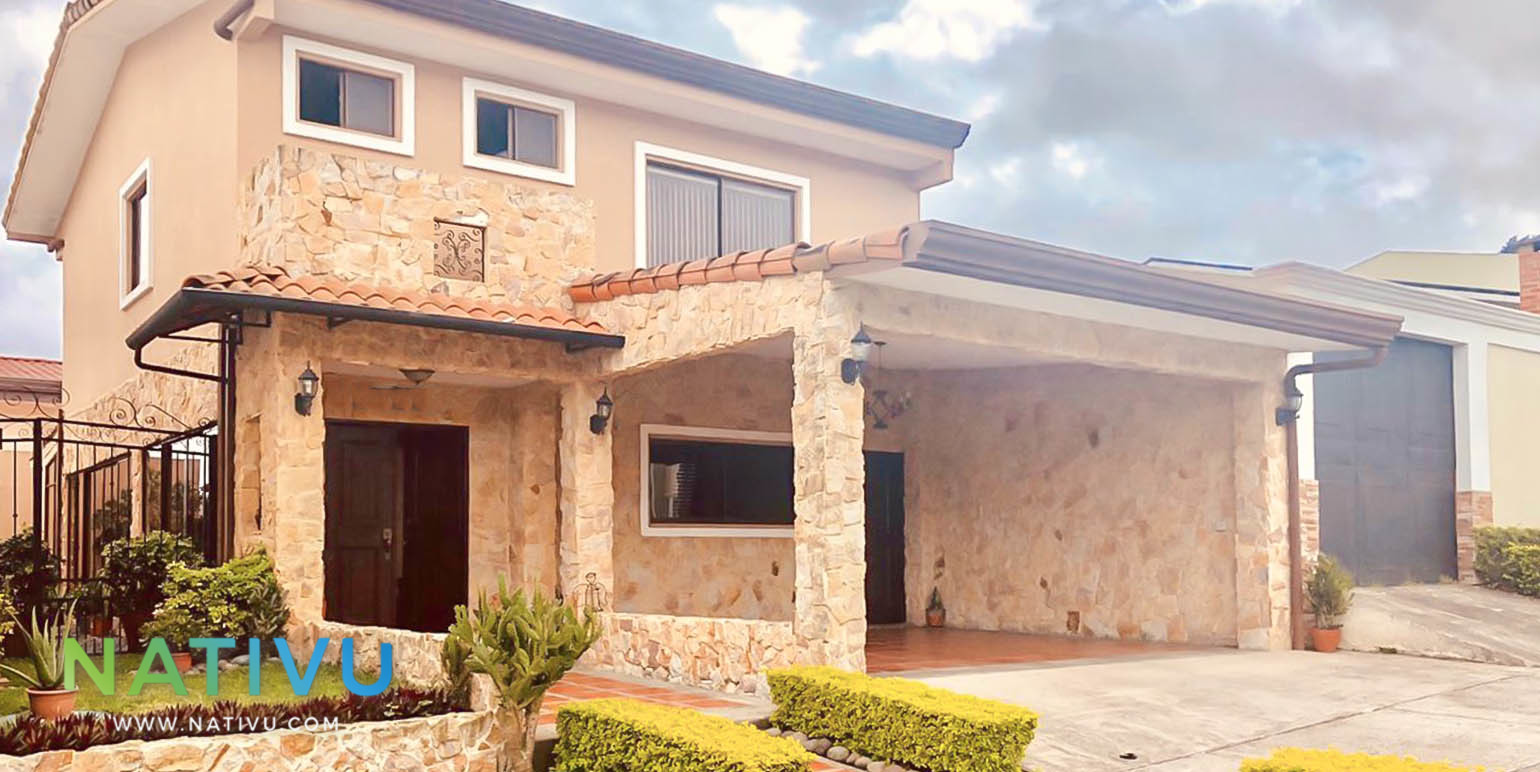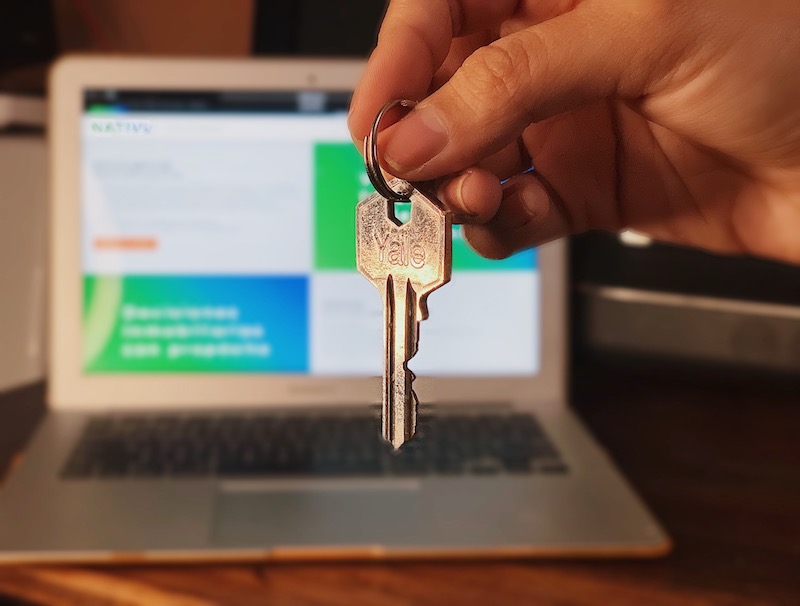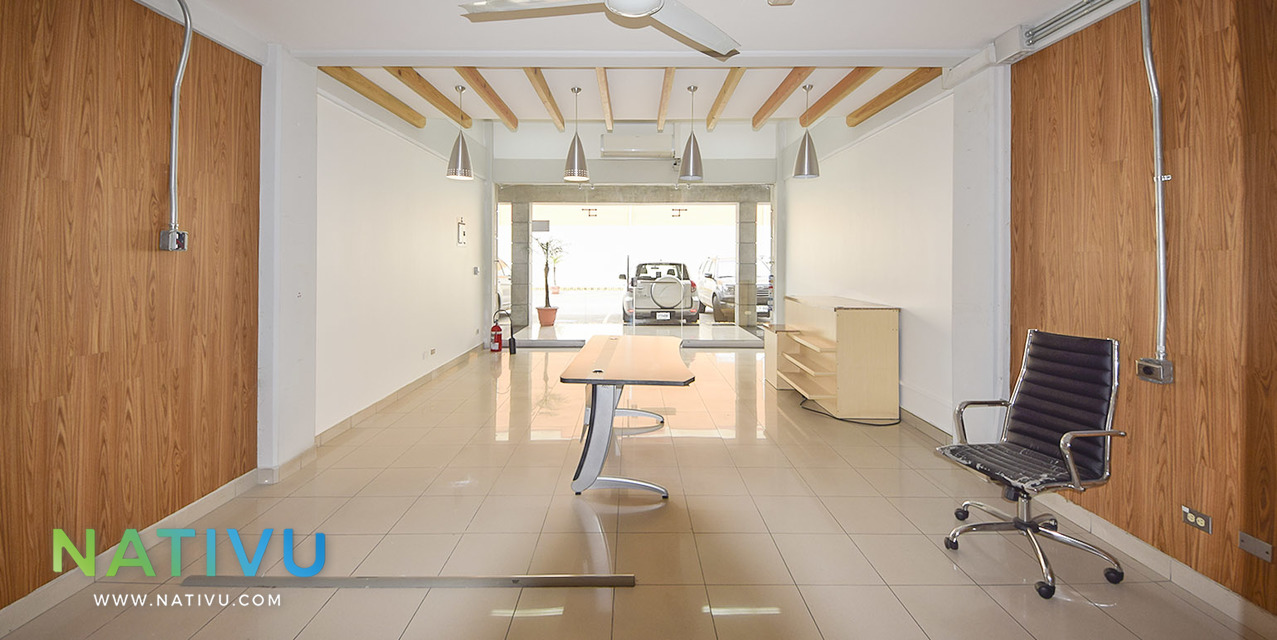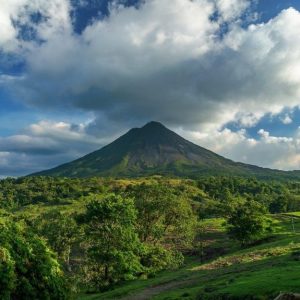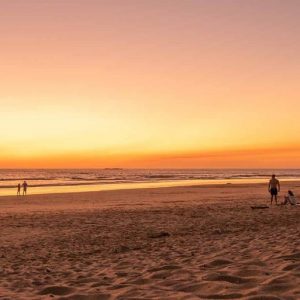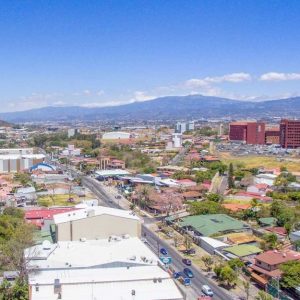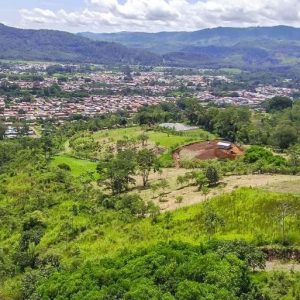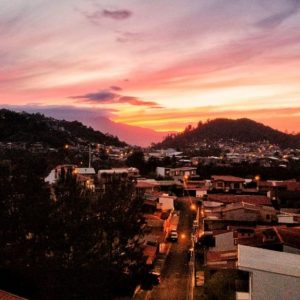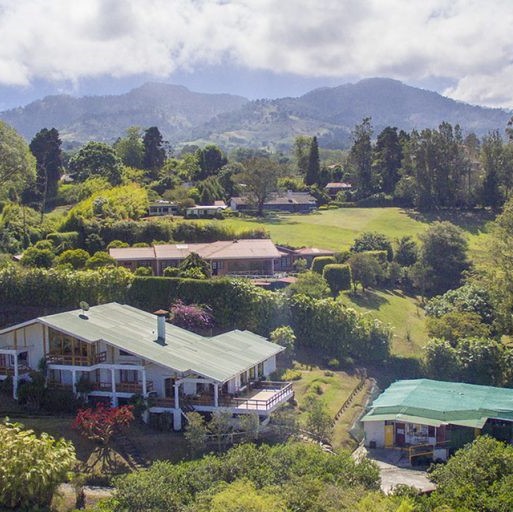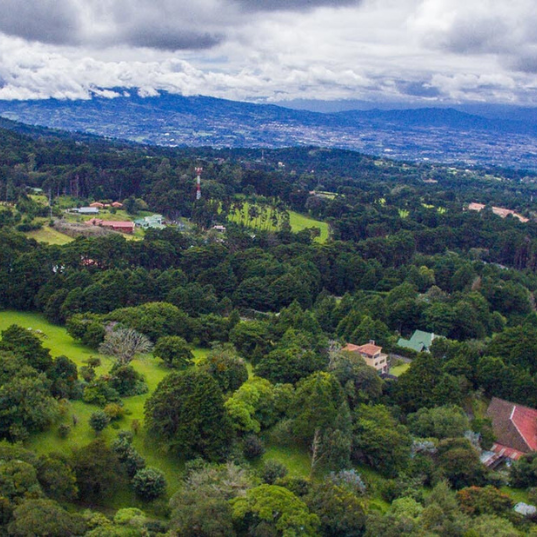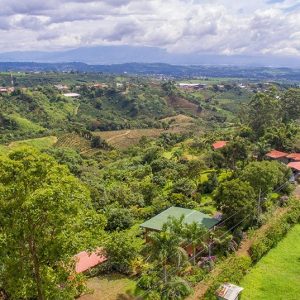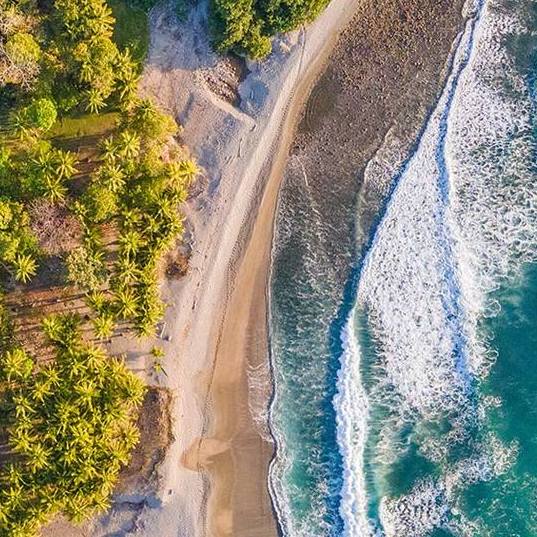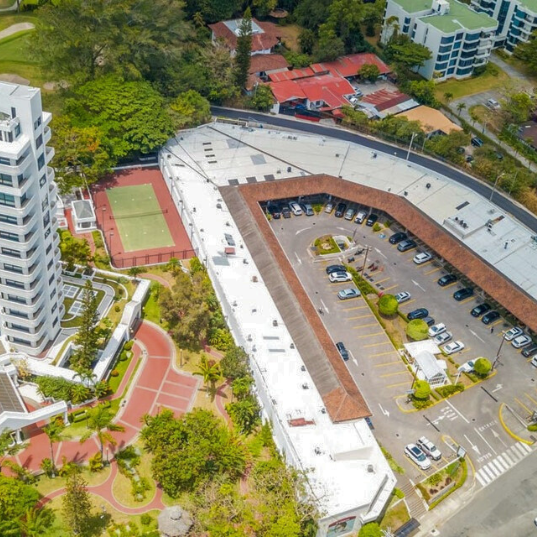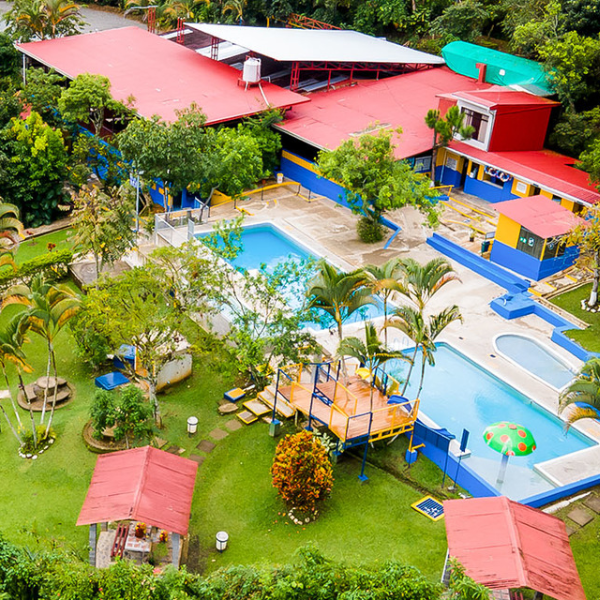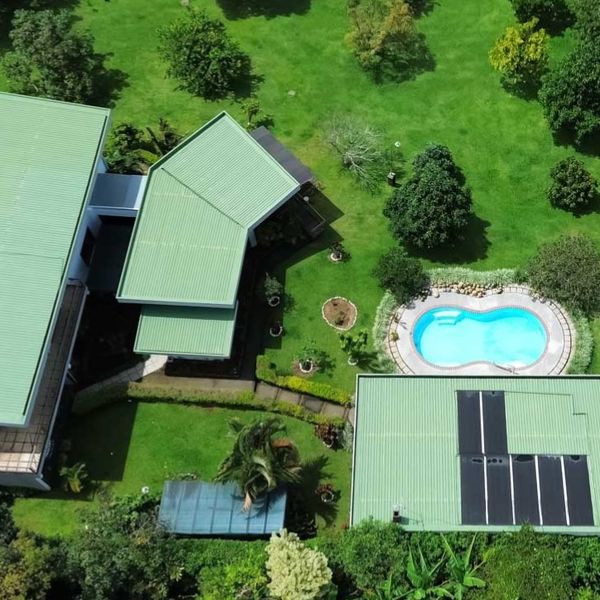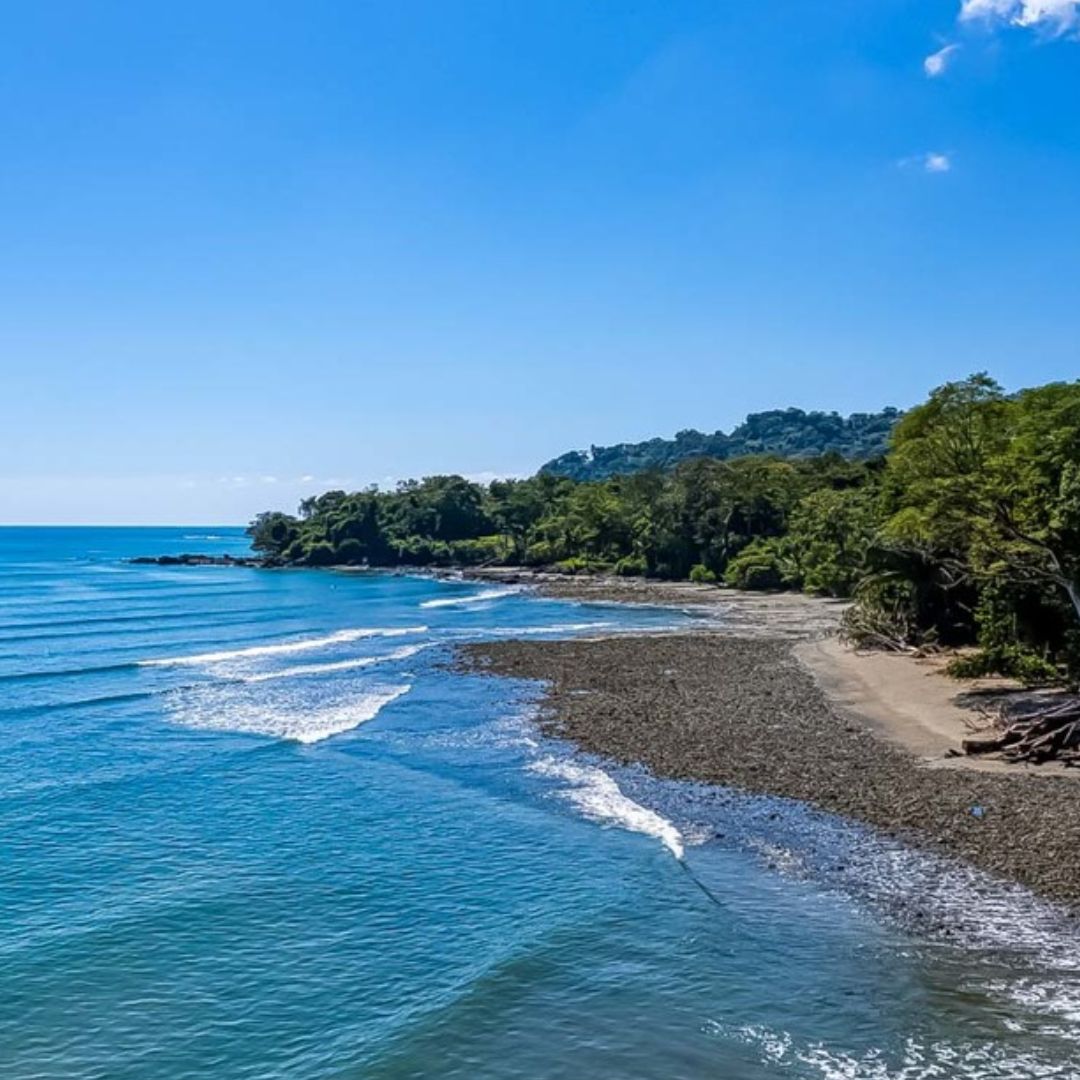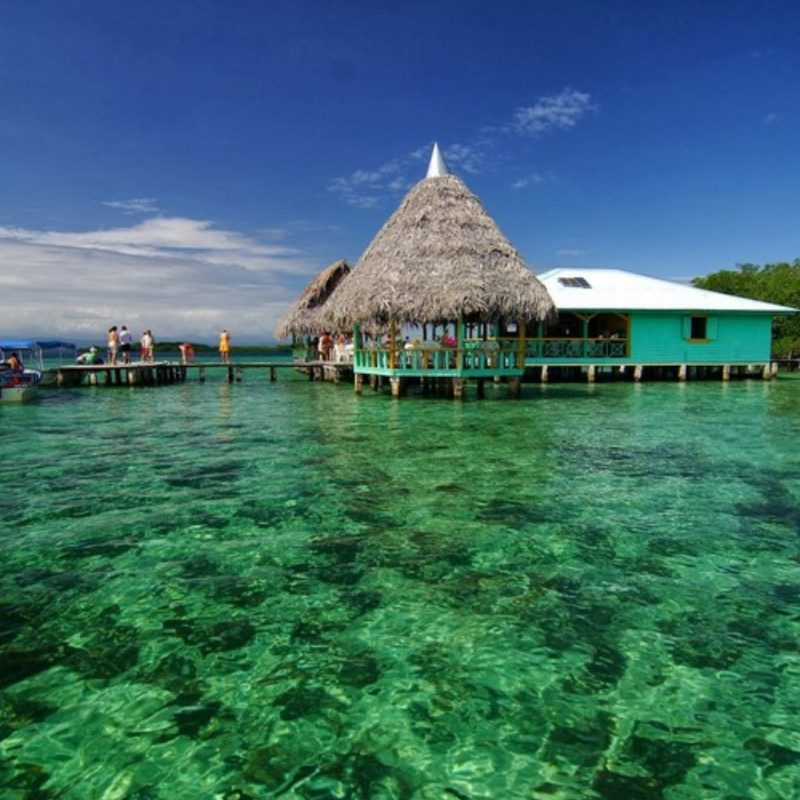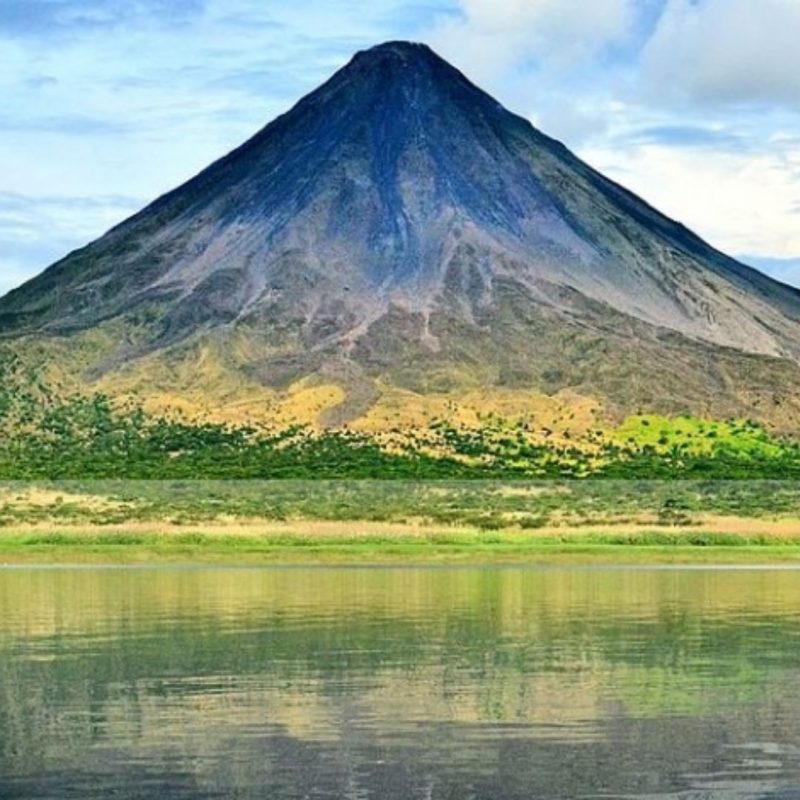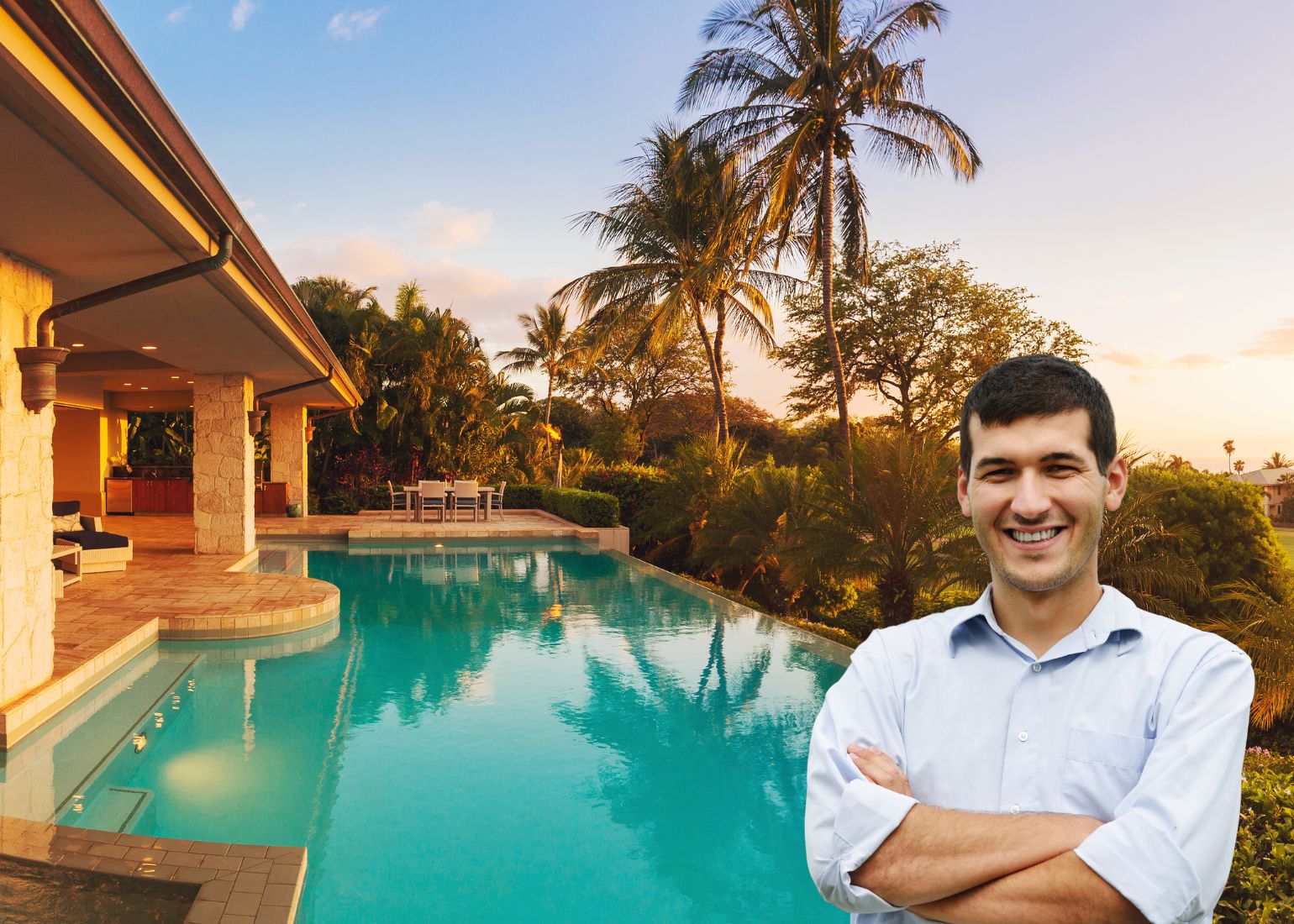The Pacific area constitutes most of the territory of Puntarenas (Jacó, Esterillos, Playa Hermosa, Manuel Antonio, Bejuco, Conchal, Dominical), in addition to two cantons of the province of Alajuela: Orotina and San Mateo. The islands in the transition between Puntarenas and Guanacaste are also part of this region, as well as Isla del Coco which is a world wonder.
Cost of Living in Pacific
Its economy is mainly characterized by tourism but also agriculture and livestock. The cost of living can have a higher value range in comparison to the Greater Metropolitan Area, but contemplates a similar value due to its proximity and type of visitor. Among coastal areas, Pacific is less expensive than North Pacific (Guanacaste).
Below, we show you a table of monthly costs for a family of two people residing in Pacific that the NATIVU team developed according to their experience and knowledge in the area:
| Expense | U.S. $ |
|---|---|
| Electricity | $130 |
| Water | $20 (without pool) |
| Telephony and Internet | $100 |
| Rent | From $800 up to $1,500 |
|
Home purchase |
From $150.000 |
| Private elementary and high school tuition | From $600 |
| Restaurants | From $80 |
Advantages of Living in the Pacific
Sports
- Surfing
- MTB
- Hiking
- Sport fishing
- Paragliding
- Skydiving
- Soccer (Major League)
Nature
- Biological Reserves and National Parks
- Carara National Park
- Manuel Antonio National Park
- Marino Ballena National Park
- Hacienda Baru National Wildlife Refuge
- Isla del Coco
- Nauyaca Waterfall
- Diamante Waterfall
- Bird watching
Climate
- Tropical Dry and Tropical Humid combination.
- Temperatures between 20° and 34° C
- Cool climate due to wind currents
- In areas closer to the mountainous strip, feeling of high altitude climate.
Strategic location
- One hour from the Greater Metropolitan Area
- Proximity to the North Pacific, which is a coastal area.
- Close to the South Pacific, near the Pérez Zeledón region.
- Access to Route 27 to reach the western part of San José.
Lifestyle
- Heterogeneous population: foreigners and nationals
- Respect for nature
- Regarding services and establishment, it is cheaper than Guanacaste.
- Access to supermarkets, clinics and public services.
- A calmer style, architecture responsible with nature and community.
Maritime Activity
- Marina Los Sueños and Marina Pez Vela
- Great yachting activity
- Waterway to other areas such as Montezuma and Santa Teresa
- Surfing
- Stand Up Paddle
- Rafting
- Whale watching
This information on what to expect in Pacific is far from complete. This great region offers unique opportunities and variety for different interests. Do not hesitate to contact a NATIVU Pacific advisor if you are interested in buying in this area of the country.
Guides To Buy by area


 Its topography allows this region to have a great view of the ocean and many beachfront locations. From Tarcoles to Bahia Ballena it is a coastline with mountains in the back.
Its topography allows this region to have a great view of the ocean and many beachfront locations. From Tarcoles to Bahia Ballena it is a coastline with mountains in the back.